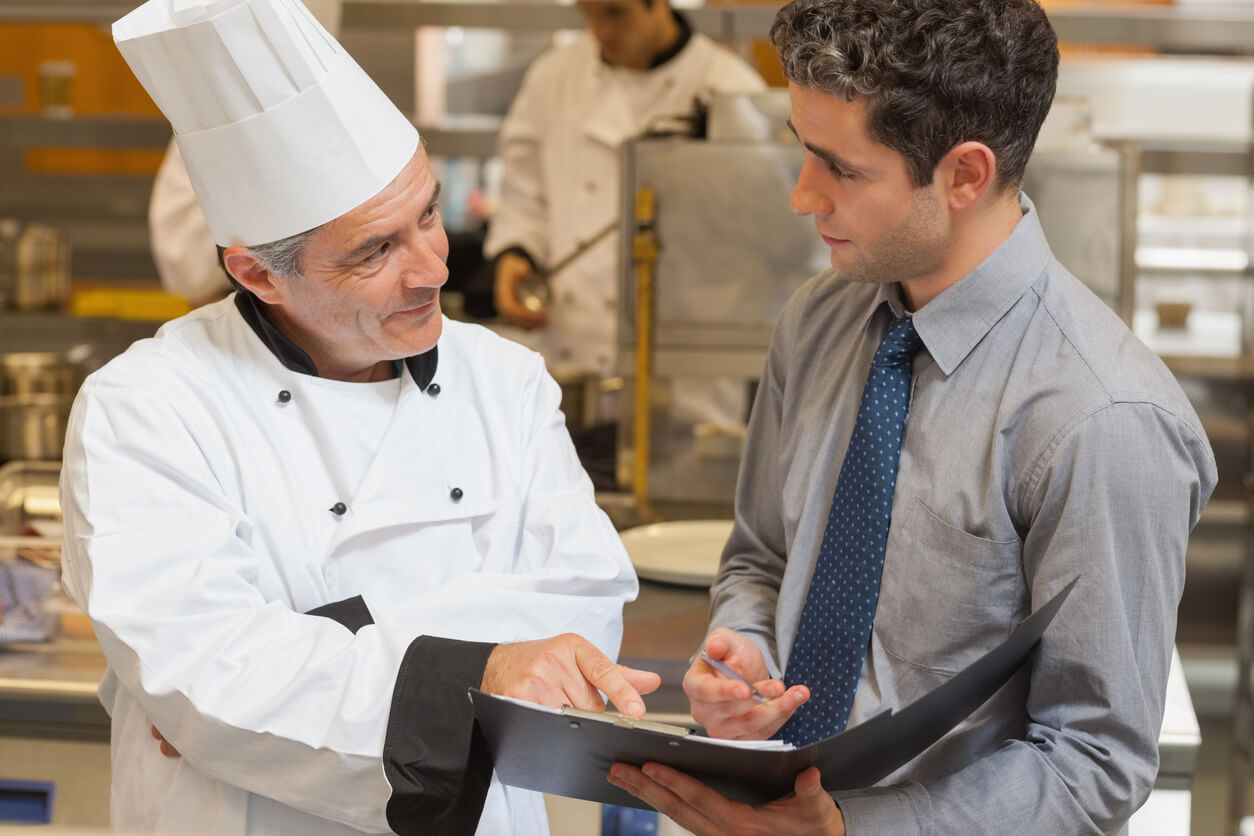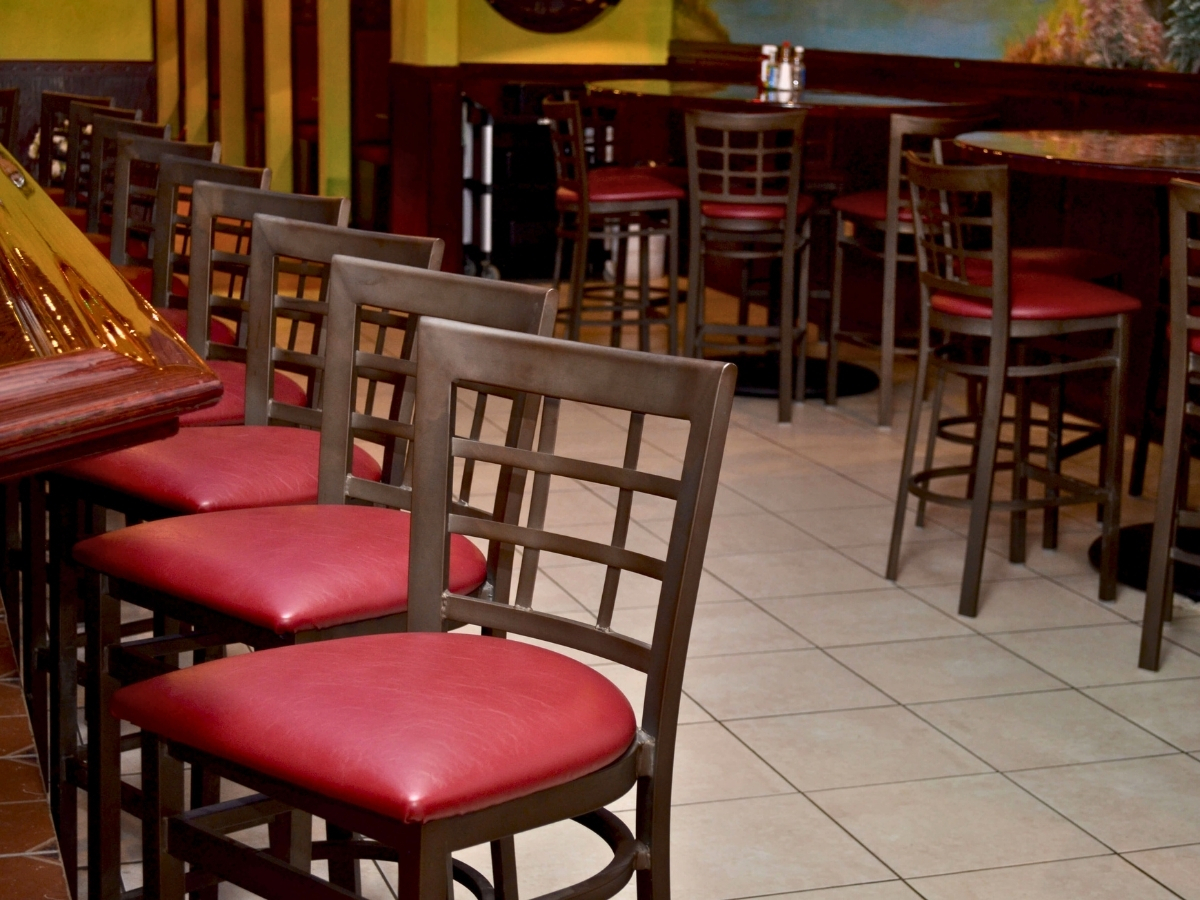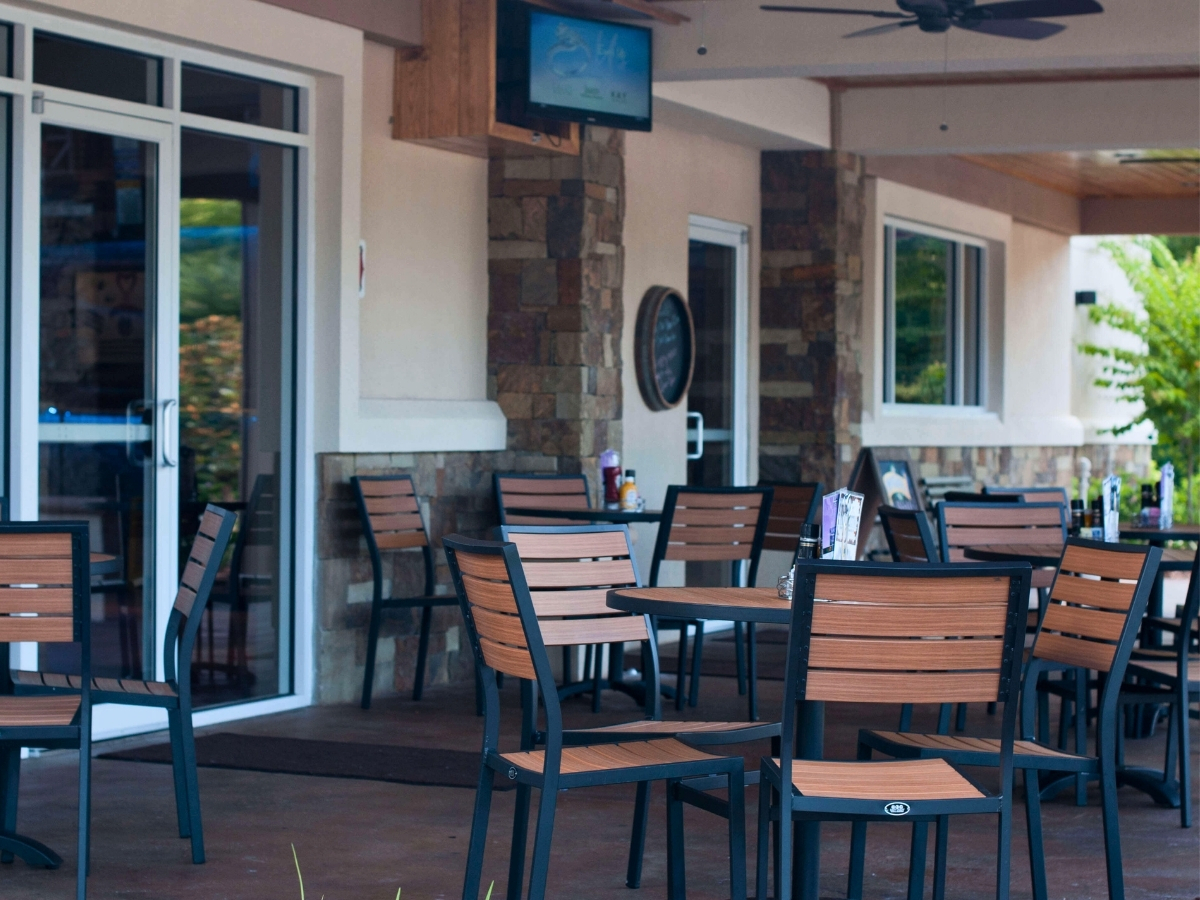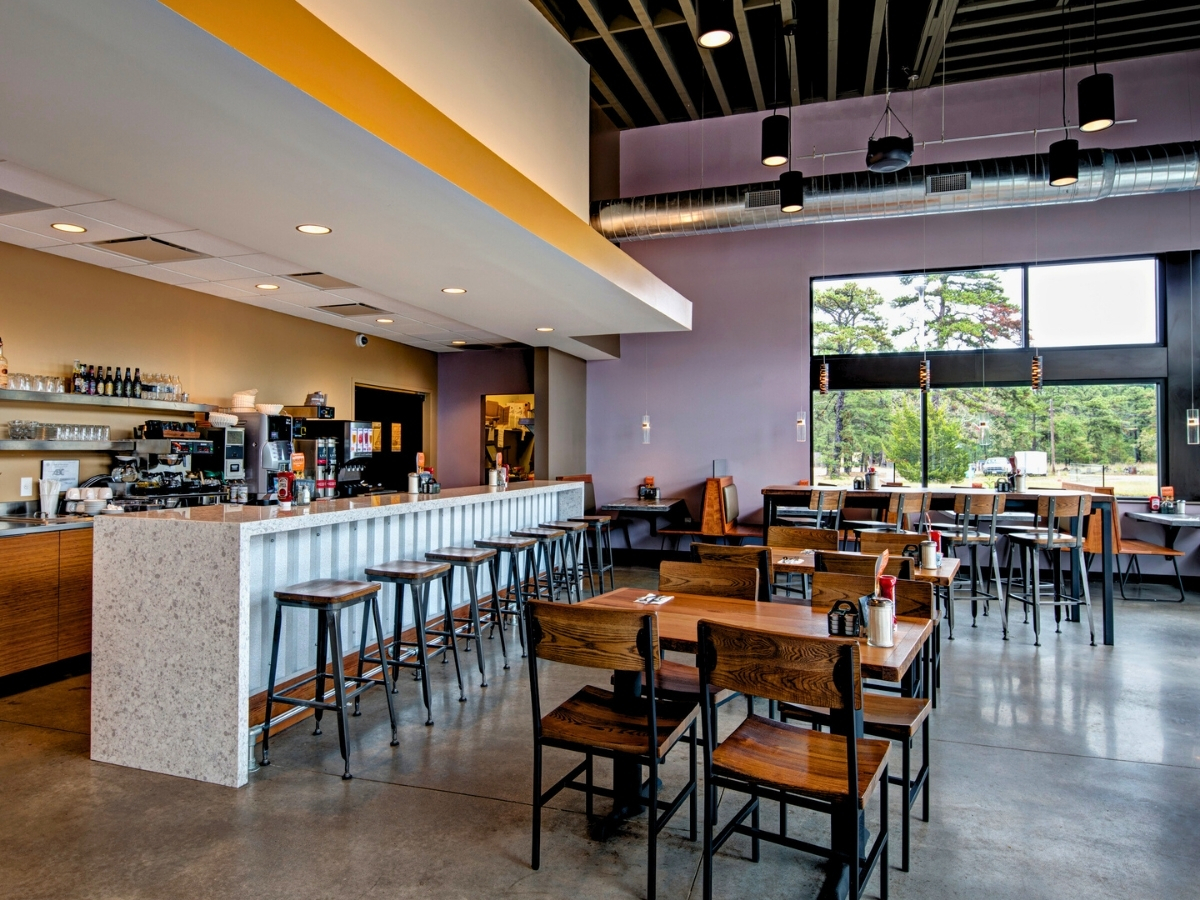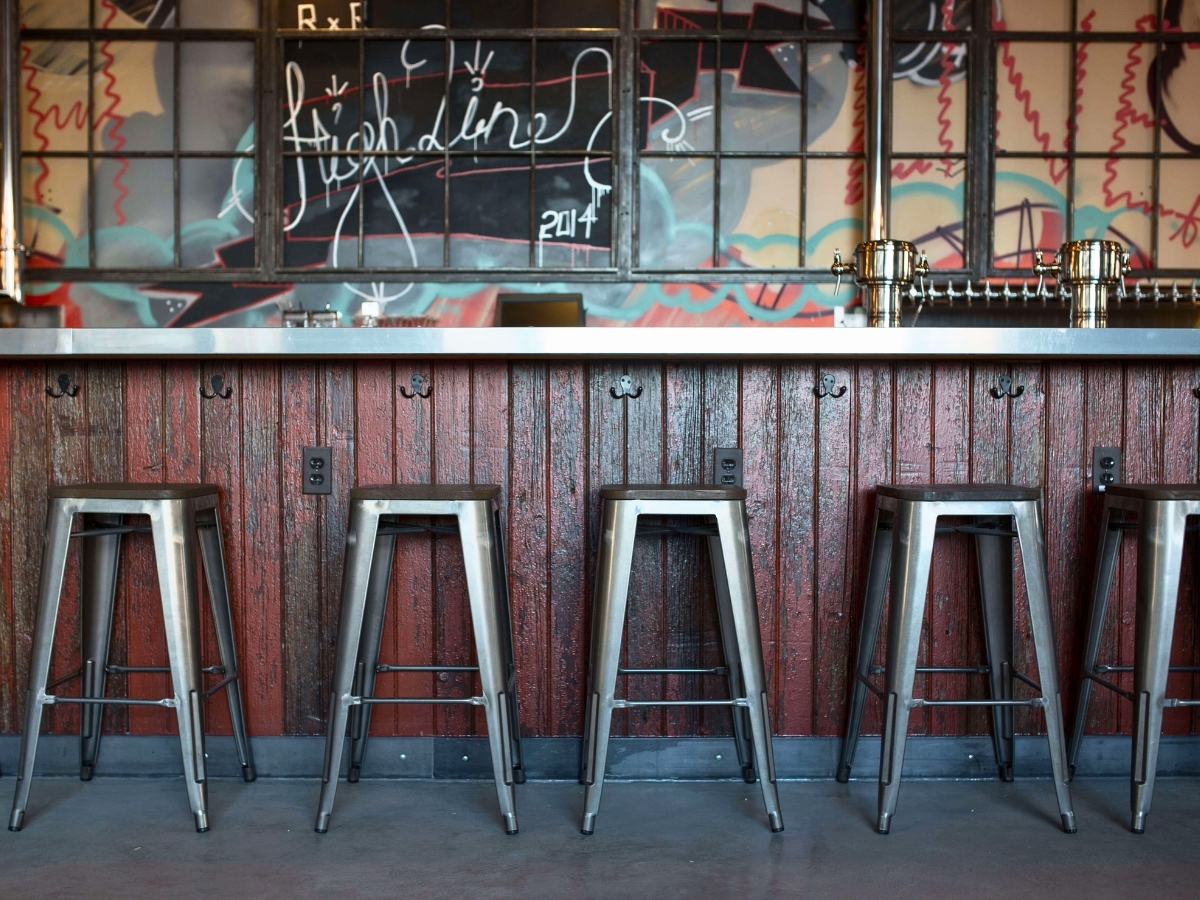Last month, we were at the Pennsylvania Foodservice Expo in Pittsburgh, PA, and had the pleasure of attending a seminar given by Thomas Barnowski, Director of Corporate and Public Safety Education at Northampton Community College. The seminar, called You Can’t Afford to Ignore OSHA, was a great hour-long introduction to OSHA, and the safety rules and regulations that govern general industry.
While Mr. Barnowski’s presentation was not specific to restaurants, one key takeaway from the presentation was that OSHA’s own website www.osha.gov provides a wealth of information and resources for all industries, including restaurants.
If you are unfamiliar with OSHA and the standards in the OSH Act, we’ve put together a short introduction here.
What is OSHA?
OSHA, the Occupational Safety and Health Administration, was established in 1970 when Richard Nixon signed into law the Occupational Safety and Health Act (OSH Act). At that time, there was a real need for governmental oversight of all industries due to a rising number of workplace deaths and injuries. According to osha.gov, by the end of the 1960’s, the number of deaths due to workplace hazards had risen to 14,000 per year with 56 million workers; currently, that number is approximately 4,500 deaths per year with 127 million full time workers in the United States.
I thought OSHA regulations were for manufacturers and other industrial companies – What does OSHA have to do with my restaurant?
In addition to specialized areas like construction, maritime, and agriculture, OSHA enforces regulations that cover general industry, including restaurants. As a restaurant owner, you are subject to the same standards as a company that operates a manufacturing plant; the implementation of those standards may differ, however. For example, under OSHA regulations, employers must provide their employees with personal protective equipment. At a restaurant, that might mean supplying employees with special cut-resistant gloves, whereas a manufacturing business might have to supply its employees with a welding mask, respirator, or hearing protection.
As a restaurant owner/operator, you should also be aware of new disclosure rules that took effect in 2015. Under these new rules, employers must report to OSHA any work-related fatalities, in-patient hospitalizations, amputations, or loss of an eye, within 8 hours. The new rules are particularly relevant to restaurants whose employees who are more likely to sustain reportable cuts, burns, and lifting injuries.
What are employers expected to do under the OSH Act?
Under the OSH Act, “employers are responsible for providing a safe and healthful workplace” and “to keep their workplace free of serious recognized hazards”. While those statements may sound subjective, the many standards in the OSH Act detail specific employer responsibilities for everything from means of egress to hazardous material procedures. OSHA also publishes standard interpretation letters that explain how the standards apply in particular circumstances.
There are a few other requirements that you must follow to maintain compliance with the OSH Act:
- Post an official OSHA poster in a highly visible area of your workplace. The poster notifies employees of their rights under the OSH Act and lists your obligations as an employer.
- Keep accurate records of workplace accidents and injuries.
- Report any work-related fatalities, inpatient hospitalizations, amputations, and losses of an eye to OSHA within 8 hours of being notified of the event.
- Ensure that employees and their representatives have access to their medical records.
- Maintain a no-retaliation policy for employees that bring up safety concerns or contact OSHA.
Which OSHA standards apply to my restaurant?
The answer is, any and all of them, depending on the nature of your operation. For example, if your specialty is making ice cream using liquid nitrogen, then you will have to put safety procedures into place regarding the use of that substance, whereas the average pizza shop would not have the same requirements. However, we were able to come up with a list of general things that you can do to maintain a safe work environment in your restaurant.
What can I do to make my restaurant safer?
- Communication – One of the most important things that you can do to ensure a safe, healthy workplace is to open effective lines of communication with your employees. Effective communication means more than just telling employees what to do, it also means listening to them and acting on their feedback. When employees feel like their employer is listening to them, particularly about safety concerns, they are much more likely to become invested in the process of making the restaurant safer, and less likely to bring their concerns directly to OSHA.
- Training– Under the OSH Act, employers are responsible for training their employees on the health and safety aspects of their jobs. This includes training them to use the tools and machines that are necessary to perform their jobs, training them on safety procedures, and training them on emergency preparedness. OSHA also states that the training must use a language and vocabulary that employees can understand, so if your employees do not comprehend English, then you have to train them using their language. You should also document your training practices; if a reportable accident ever occurs, you will have to prove to the OSHA inspector that the employee involved had adequate training to do the job.
- Ergonomics – Did you know that, according to OSHA, sprains and strains are the most common types of injury in restaurants? It makes sense if you think about it – restaurant employees are constantly standing, bending, lifting, and performing repetitive actions. Chopping vegetables for 6-8 hours per day, every day, can certainly result in a repetitive use strain if not done correctly and with the proper tools. Care should be taken to make sure that employees have the equipment that they need to perform their jobs safely and efficiently. Prep stations should be at a comfortable height so that prep cooks don’t have to stoop all day. Use ergonomically designed shelving so that employees are lifting heavy items from the proper heights, and are not straining to lift items above a comfortable level.
- Floors – Slips and falls can result in serious injuries, but they are among the most preventable. Make sure that floors are clean, not slippery, and that there are no obstructions in employees’ way. Check carpeted areas routinely to make sure that there are no tears or ends pulling up; doing so will protect patrons as well as employees. Also, make sure that if employees are standing for long periods of time at prep stations and cooking stations, you install some type of padded surface to avoid leg and back strain.
- Machinery – Train employees on the safe operation of machinery like deli slicers, meat grinders, stovetops, ovens, and refrigeration units. Make sure that equipment guards remain in place and are functional. Clean and service equipment regularly to prevent malfunction. Implement a proper lockout/tagout procedure for equipment that is not in service.
- Heat – There are two concerns regarding heat in a commercial kitchen. The most obvious is burns; employees can easily burn themselves on hot pans, hot oil splash, and even hot plates. Train employees how to work safely in each circumstance where they have the potential to get burned. The second concern regarding heat is heat exhaustion. Commercial kitchens can easily reach temperatures of over 100 degrees, and employees can be exposed to heat exhaustion and even heat stroke, particularly when they are on their feet for 8-10 hours at a time. To prevent this, give kitchen employees frequent breaks in a cooler room (even the walk-in cooler), and encourage them to hydrate often with water or an electrolyte replacement drink. Note: have cooks steer clear of coffee and caffeinated drinks because they can dehydrate you even further.
- Cuts – There’s no way around working with sharp objects in a restaurant. Knives, graters, peelers, mandolins, and various other cutting instruments are a necessary part of daily prep work in a commercial kitchen. The best way to ensure safety when working with sharp tools is to properly train your employees in their use. However, even professional chefs with years of knife-work experience get cut from time to time. Distractions happen, and cutting objects are not very forgiving. For that reason, invest in cut-resistant gloves for employees that will be working with sharp cutting instruments. There are many types available at various price points, and most are machine washable.
- Chemicals – Unless you’re a molecular gastronomist, experimenting with different chemical reactions in your food, your restaurant’s use of chemicals will most likely be confined to various cleaning solutions. Train employees in their proper use, including mixing and storage. Make sure that all chemicals are properly labeled and have hazard warnings on them. Finally, keep a binder of Safety Data Sheets (SDS) and train employees how to read them.
As a restaurateur, one of your main priorities should be keeping your staff safe and healthy; it will not only engender loyalty, but will save you money in the long run on lower turnover and training costs. While OSHA is feared by many business owners, it can be a great resource to help you create a safe environment. Refer to the OSHA standards often and you should find answers to many of the safety questions that you or your employees have.
Have you ever had an experience with OSHA, good or bad? Let us know in the comments below.

